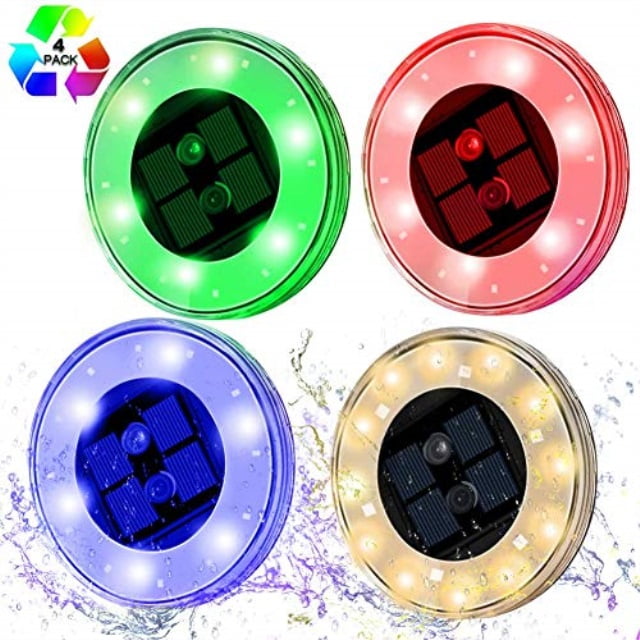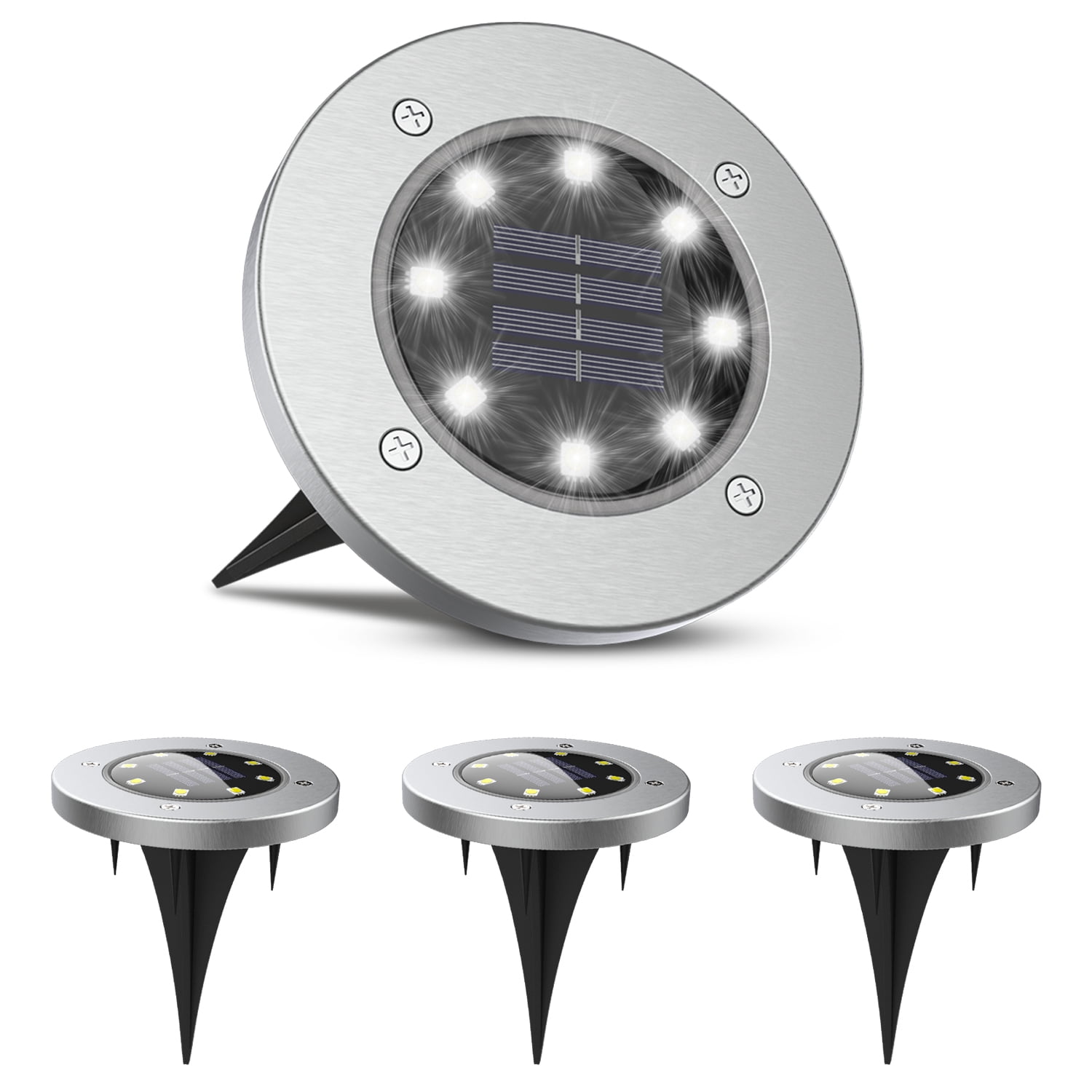

She was violent and sent to slaughter the people who betrayed Ra, but when calm she became the more kind and forgiving goddess Hathor. Sekhmet was the Eye of Ra and was created by the fire in Ra's eye. Ra had three daughters Bastet, Sekhmet and Hathor, who were all considered the Eye of Ra, who would seek out his vengeance. Extensions of Ra's power were often shown as the Eye of Ra, which were the female versions of the sun-god. In the myth of the Celestial Cow (the sky was thought of as a huge cow, the goddess Meht-urt) it is recounted how mankind plotted against Ra and how he sent his eye, as the goddess Sekhmet, to punish them. Īccording to one myth the first portion of Earth came into being when the sun god summoned it out of the watery mass of Nun. In some accounts humans were created from Ra's tears and sweat. Ra was believed to have created all forms of life by calling them into existence by uttering their secret names. The siblings symbolized two universal principles of humans: life and right (justice). He created Shu, god of air, and the goddess of moisture, Tefnut.

"I am Atum when he was alone in Nun, I am Ra when he dawned, when he began to rule that which he had made." This passage talks about how Atum created everything in human form out of the chaos and how Ra then began to rule over the Earth where humans and divine beings coexisted. At the beginning of time, when there was nothing but chaos, the sun-god existed alone in the watery mass of Nun which filled the universe. On top of his head sits a solar disc with a cobra, which in many myths represents the eye of Ra. The form in which he usually appears is that of a man with a falcon's head, which is due to his combination with Horus, another sky-god. The most common form combinations are with Atum (his human form), Khepri (the scarab beetle) and Horus (the falcon). At an early period in Egyptian history his influence spread throughout the whole country, bringing multiple representations in form and in name. Since the people regarded Ra as a principal god, creator of the universe and the source of life, he had a strong influence on them, which led to him being one of the most worshiped of all the Egyptian gods and even considered King of the Gods. The creator of the universe and the giver of life, the sun or Ra represented life, warmth and growth. Because of the life-giving qualities of the sun the Egyptians worshiped the sun as a god. The sun is the giver of life, controlling the ripening of crops which were worked by man. In the myth of the Celestial Cow, it is recounted how mankind plotted against Ra and how he sent his eye as the goddess Sekhmet to punish them. In some accounts, humans were created from Ra's tears and sweat, hence the Egyptians call themselves the "Cattle of Ra". The cult of the Mnevis bull, an embodiment of Ra, had its center in Heliopolis and there was a formal burial ground for the sacrificed bulls north of the city.Īll forms of life were believed to have been created by Ra. In the New Kingdom, when the god Amun rose to prominence he was fused with Ra as Amun-Ra. At times the two deities were merged as Ra-Horakhty, " Ra, who is Horus of the Two Horizons". Ra was portrayed as a falcon and shared characteristics with the sky-god Horus. He was the god of the sun, order, kings and the sky. Ra was believed to rule in all parts of the created world: the sky, the Earth, and the underworld. By the Fifth Dynasty, in the 25th and 24th centuries BC, he had become one of the most important gods in ancient Egyptian religion, identified primarily with the noon-day sun.

Ra ( / r ɑː/ Ancient Egyptian: rꜥ or rˤ also transliterated rˤw /ˈɾiːʕuw/ cuneiform: 𒊑𒀀 ri-a or 𒊑𒅀 ri-ia) or Re ( / r eɪ/ Coptic: ⲣⲏ, romanized: Rē) was the ancient Egyptian deity of the sun.


 0 kommentar(er)
0 kommentar(er)
